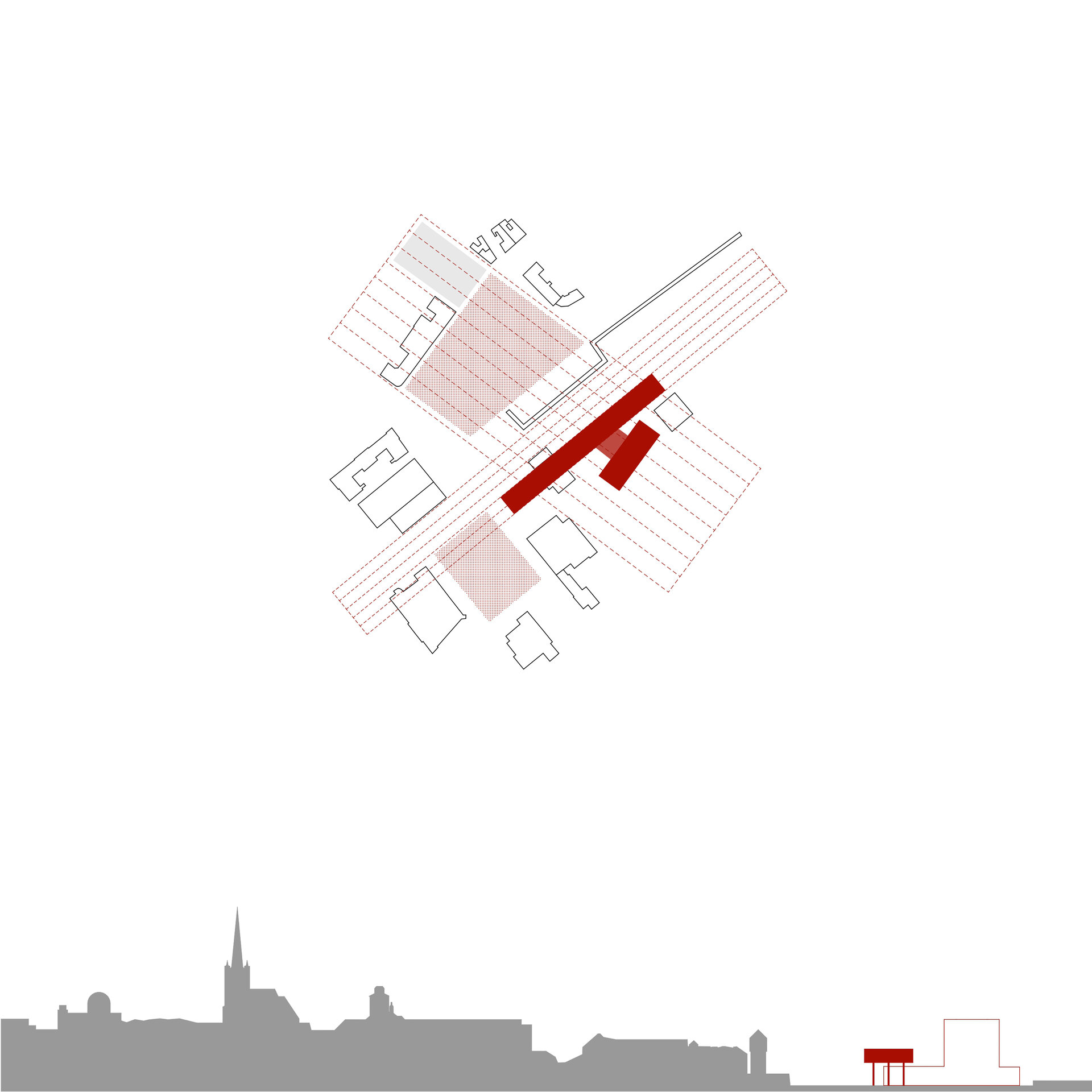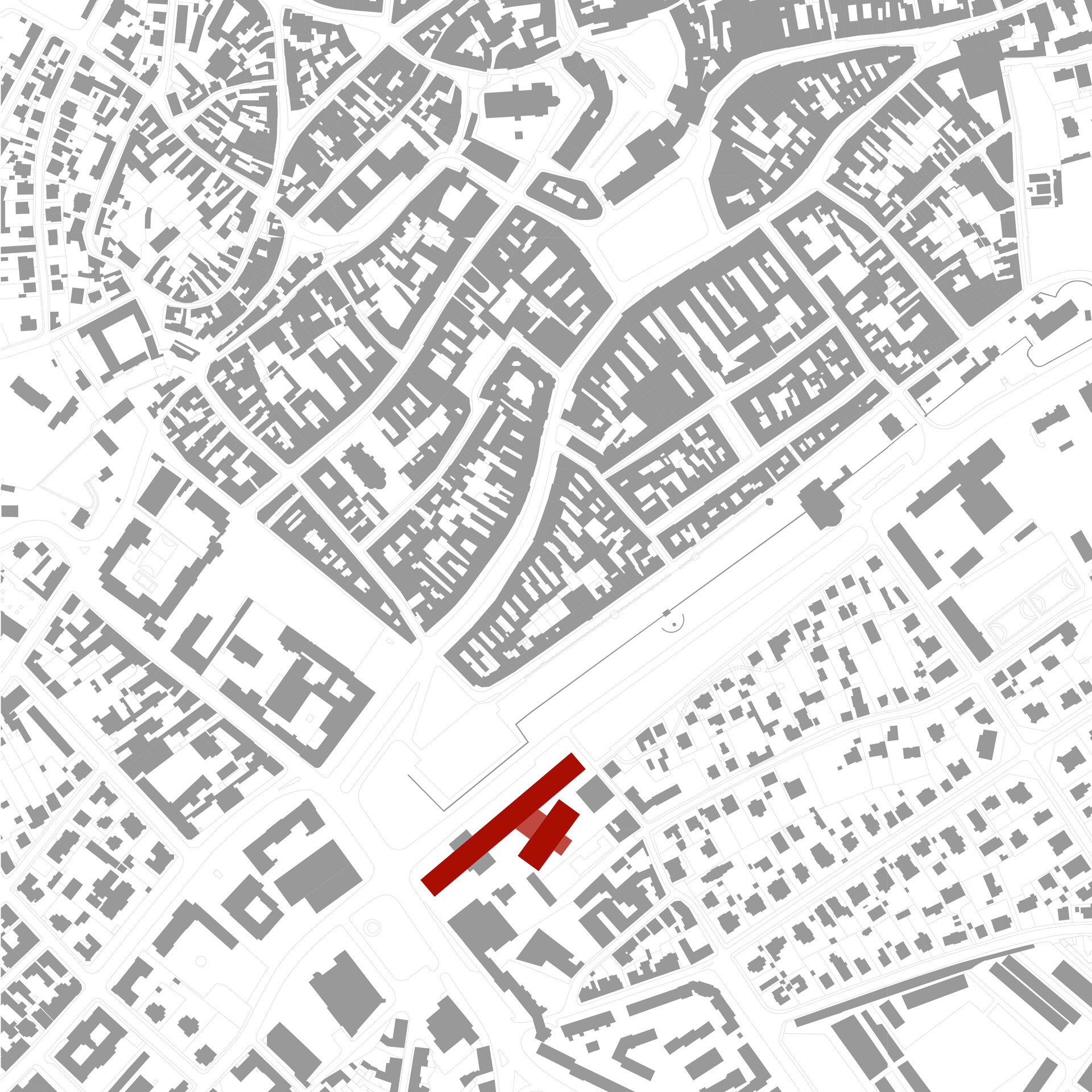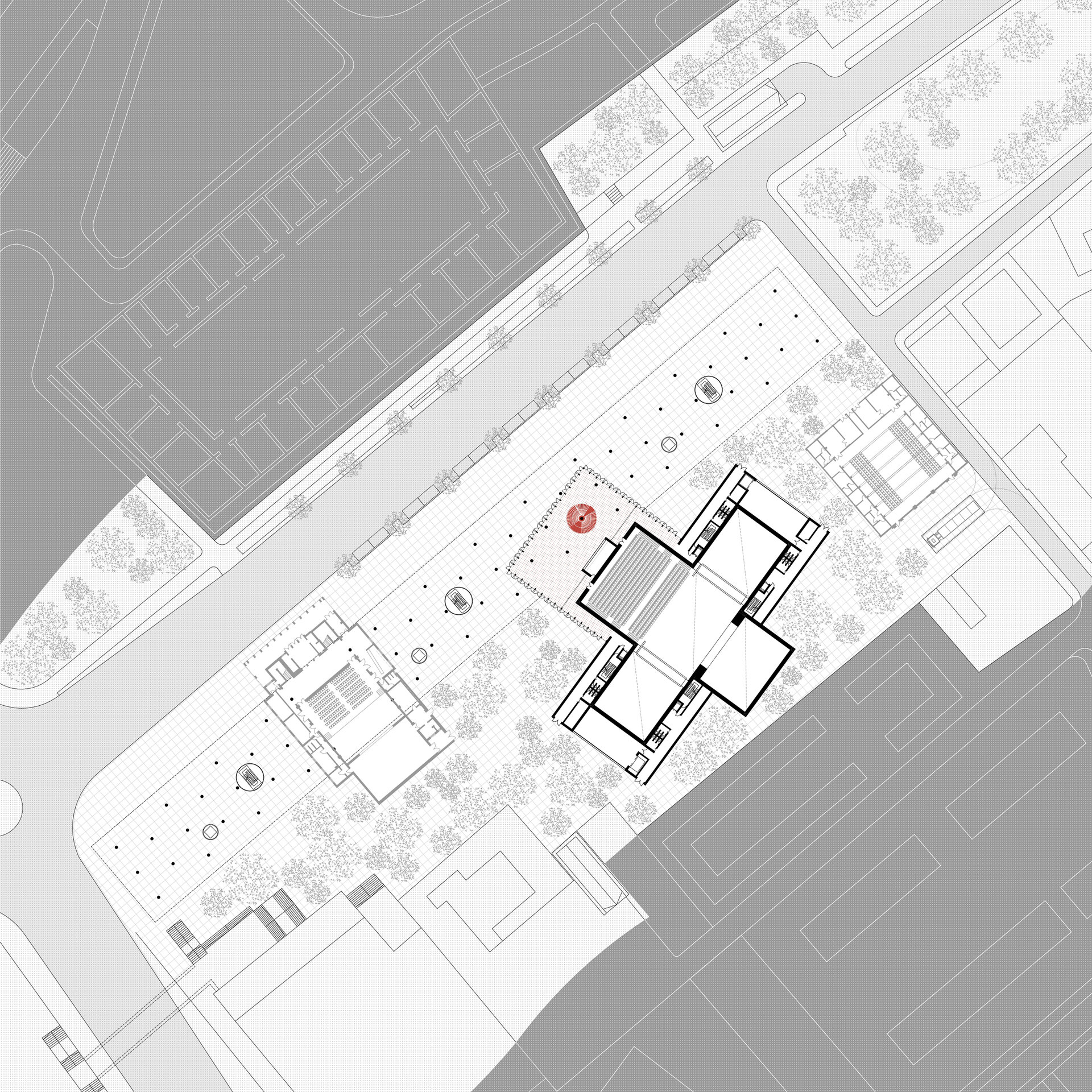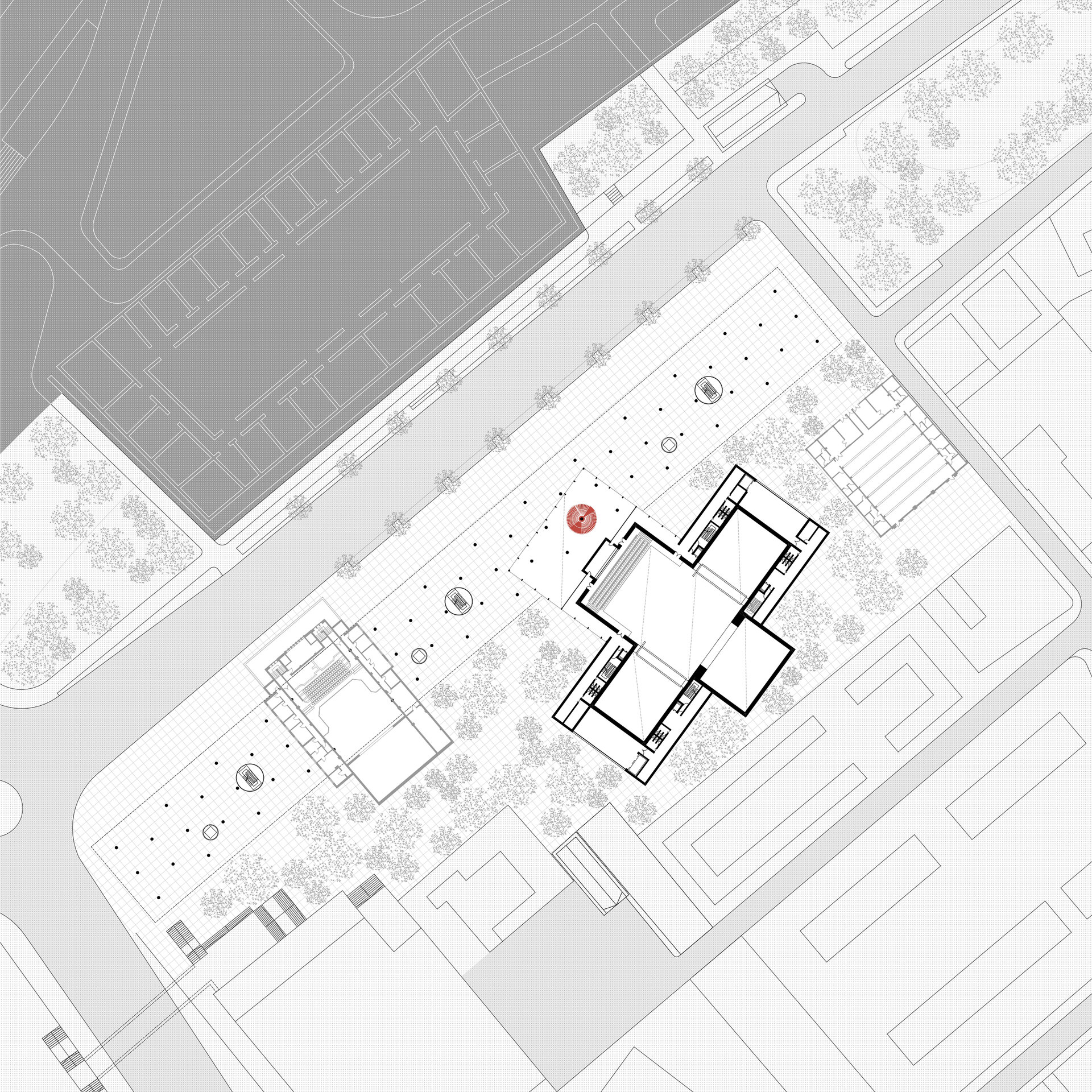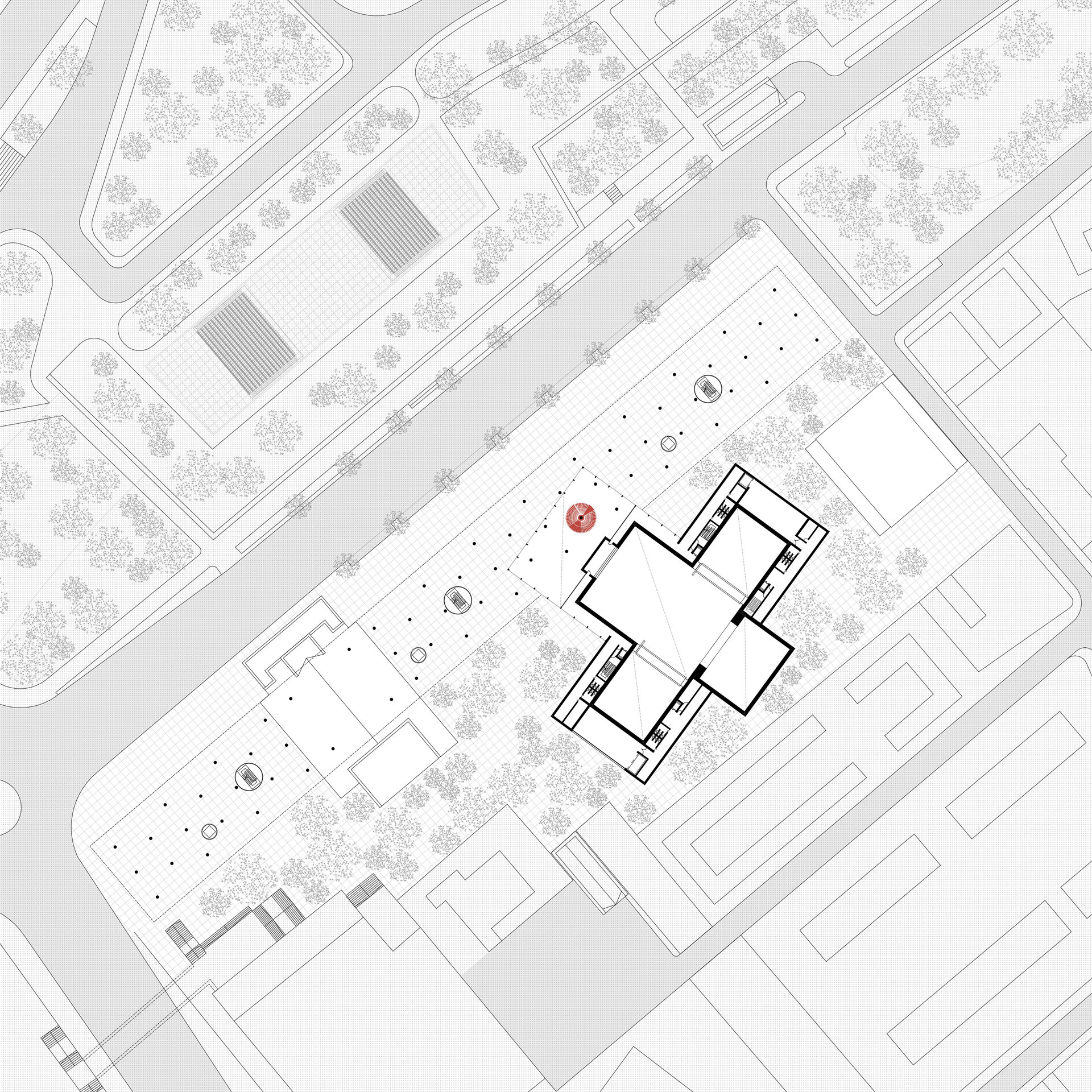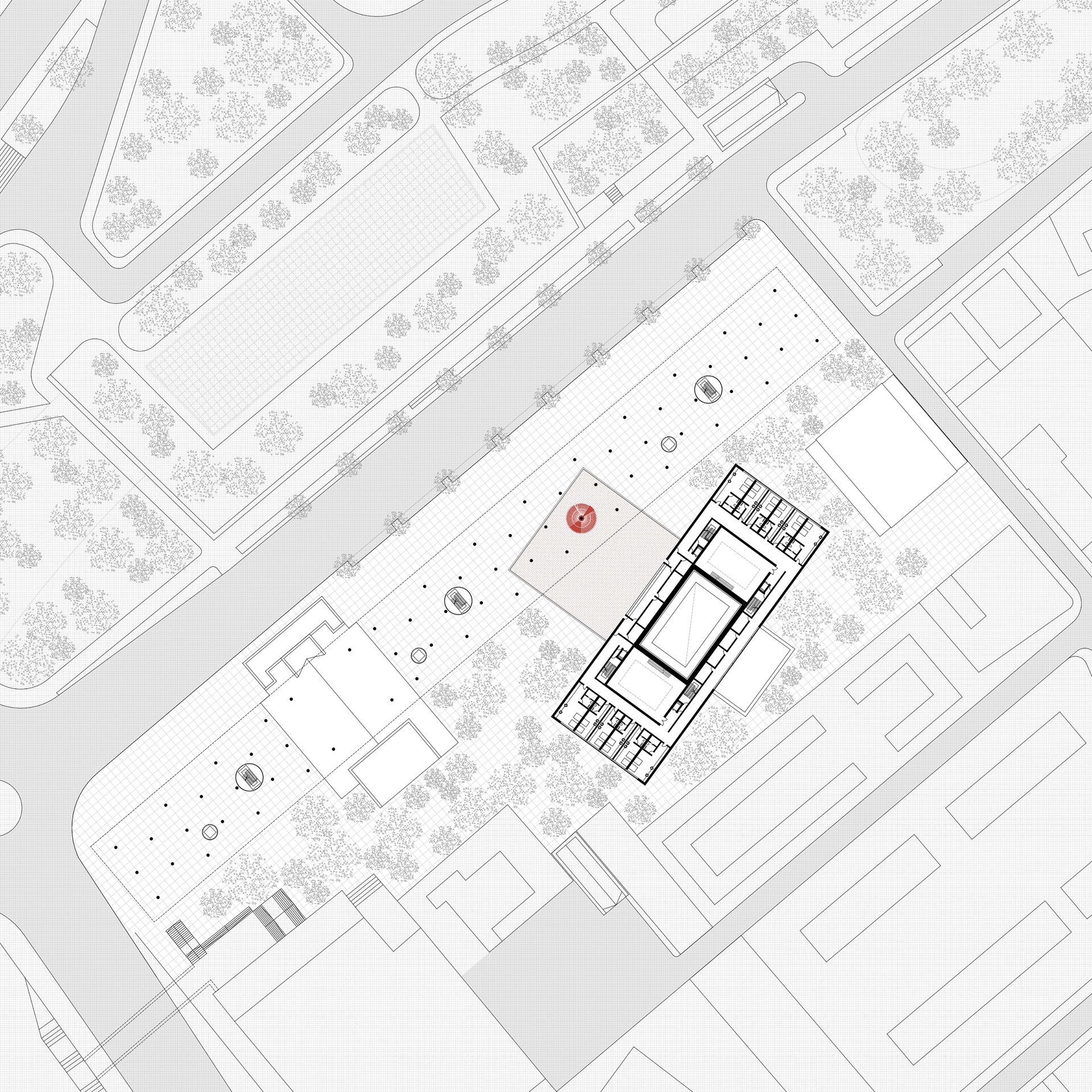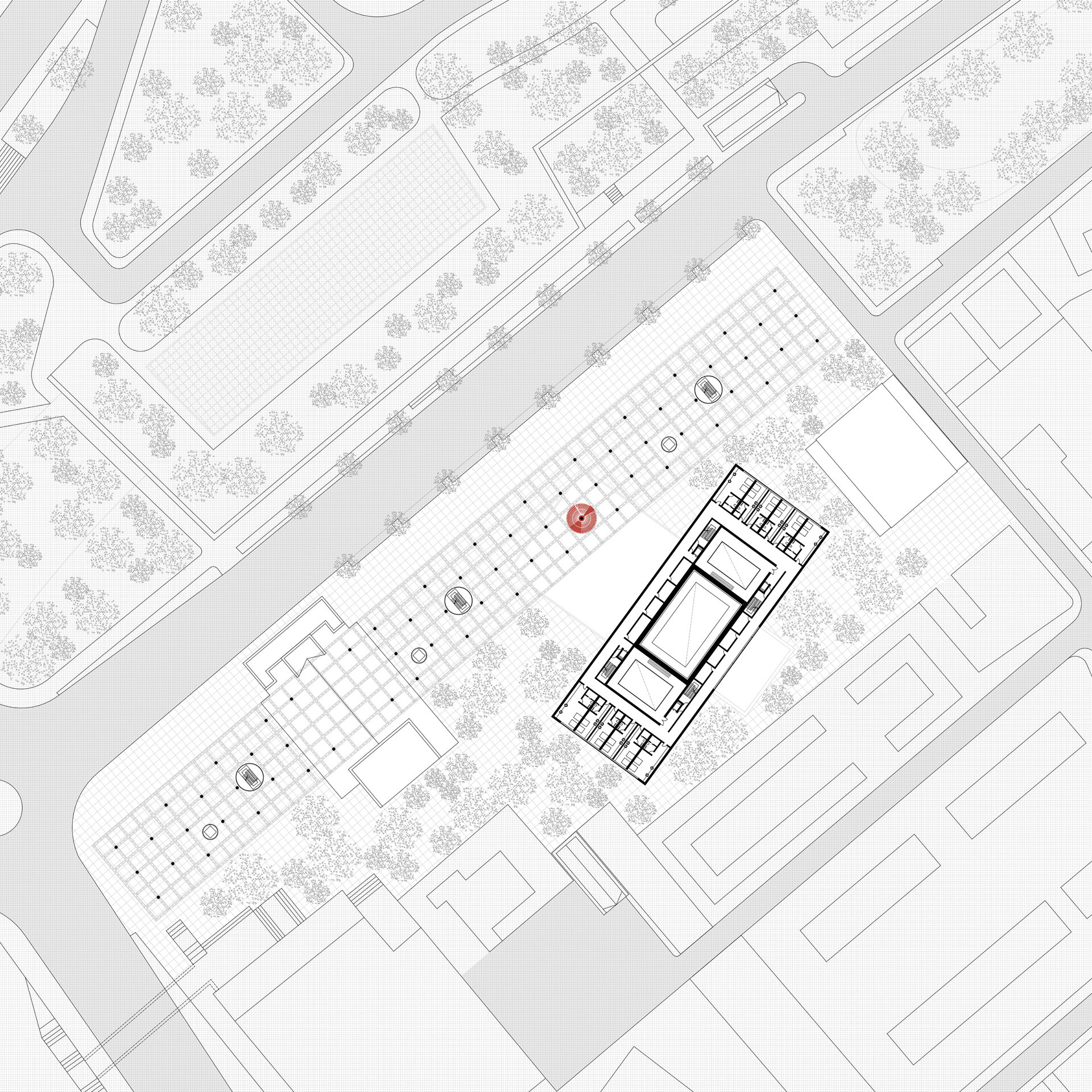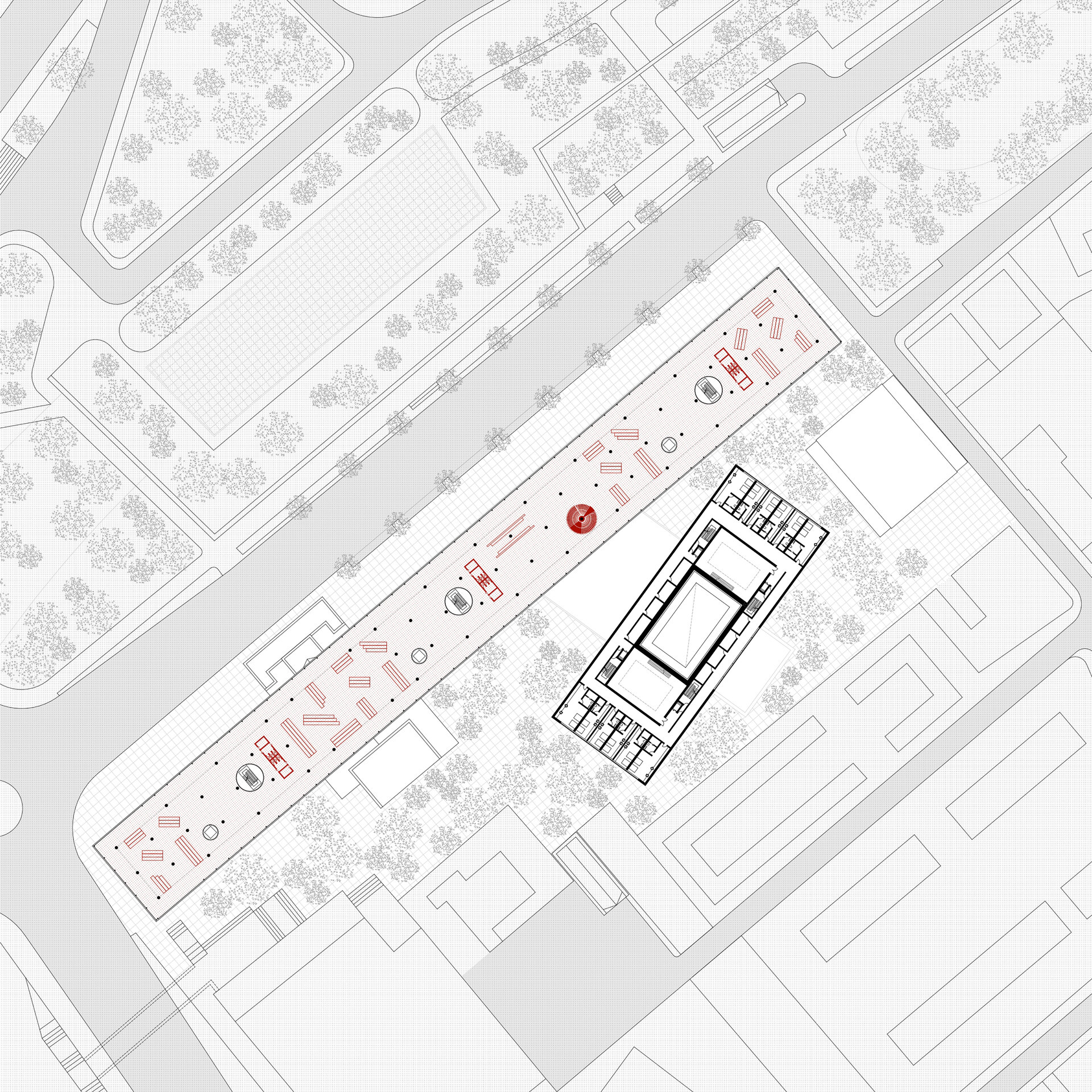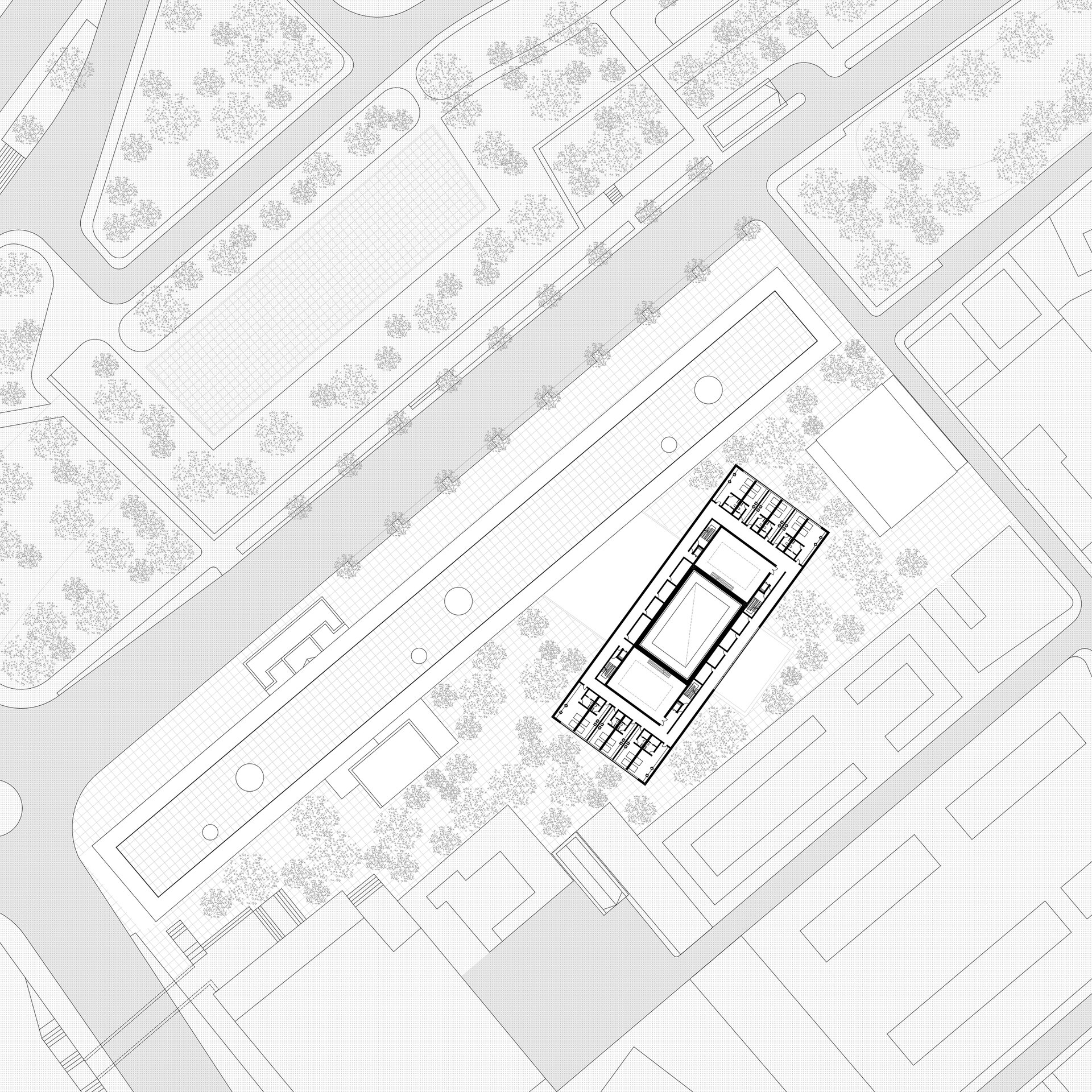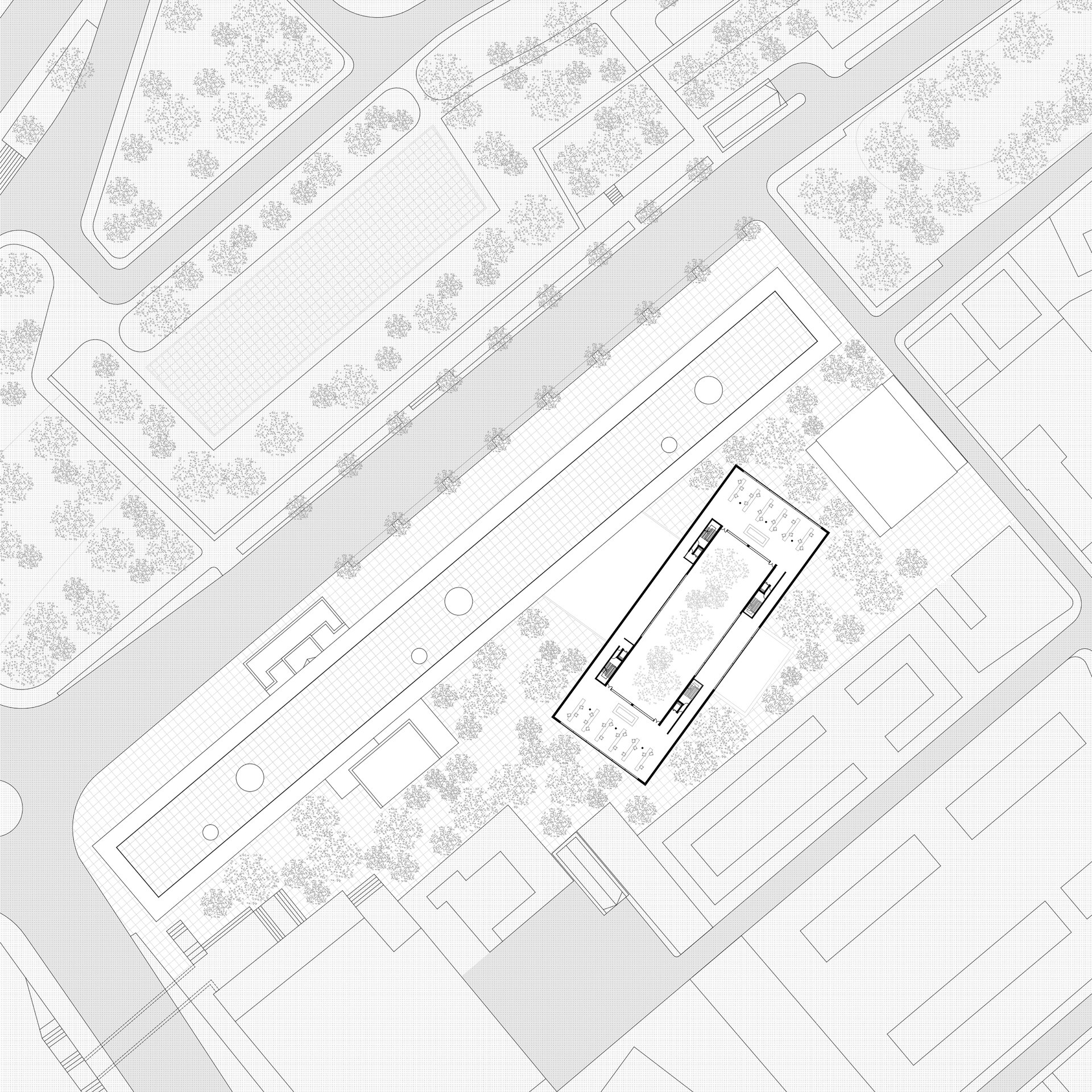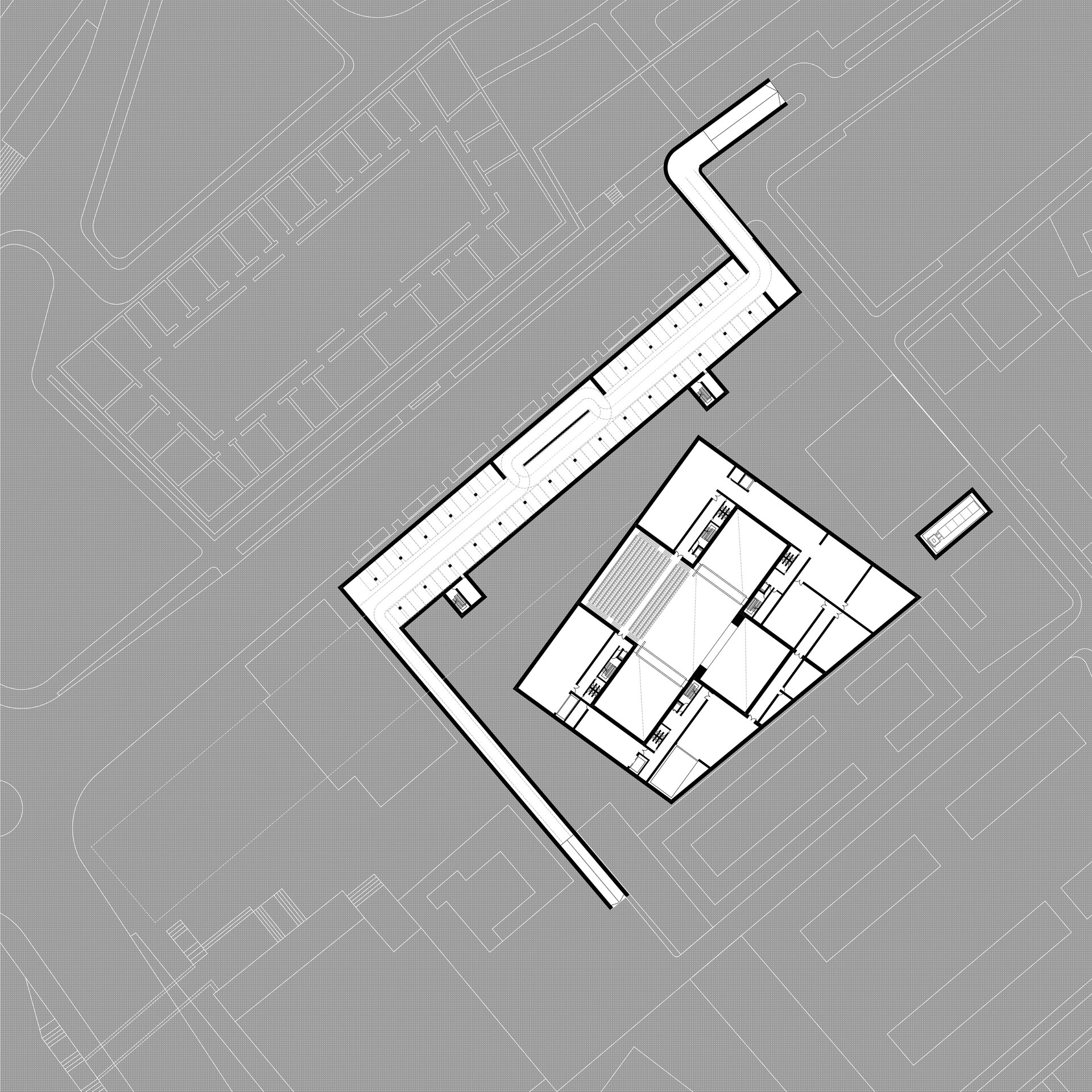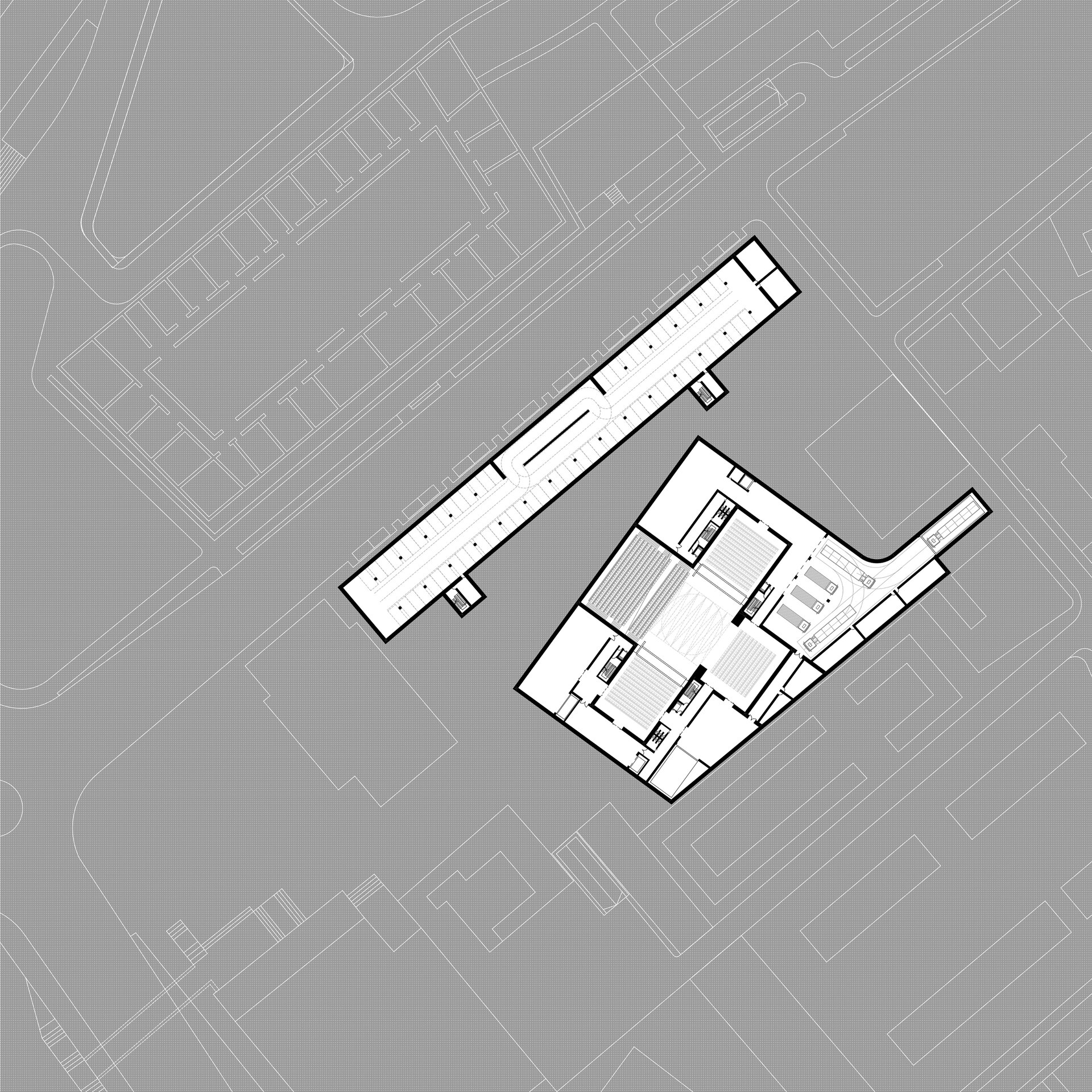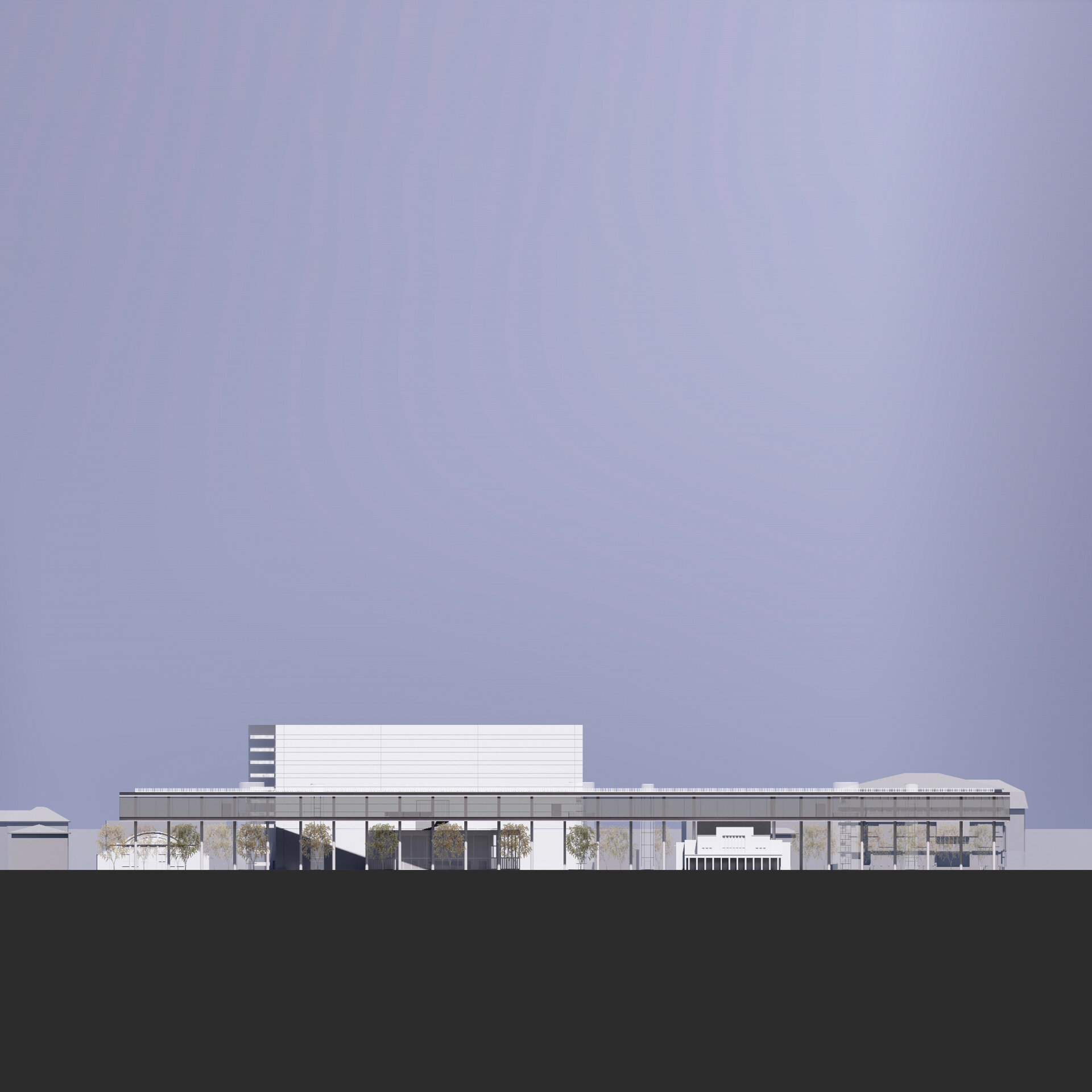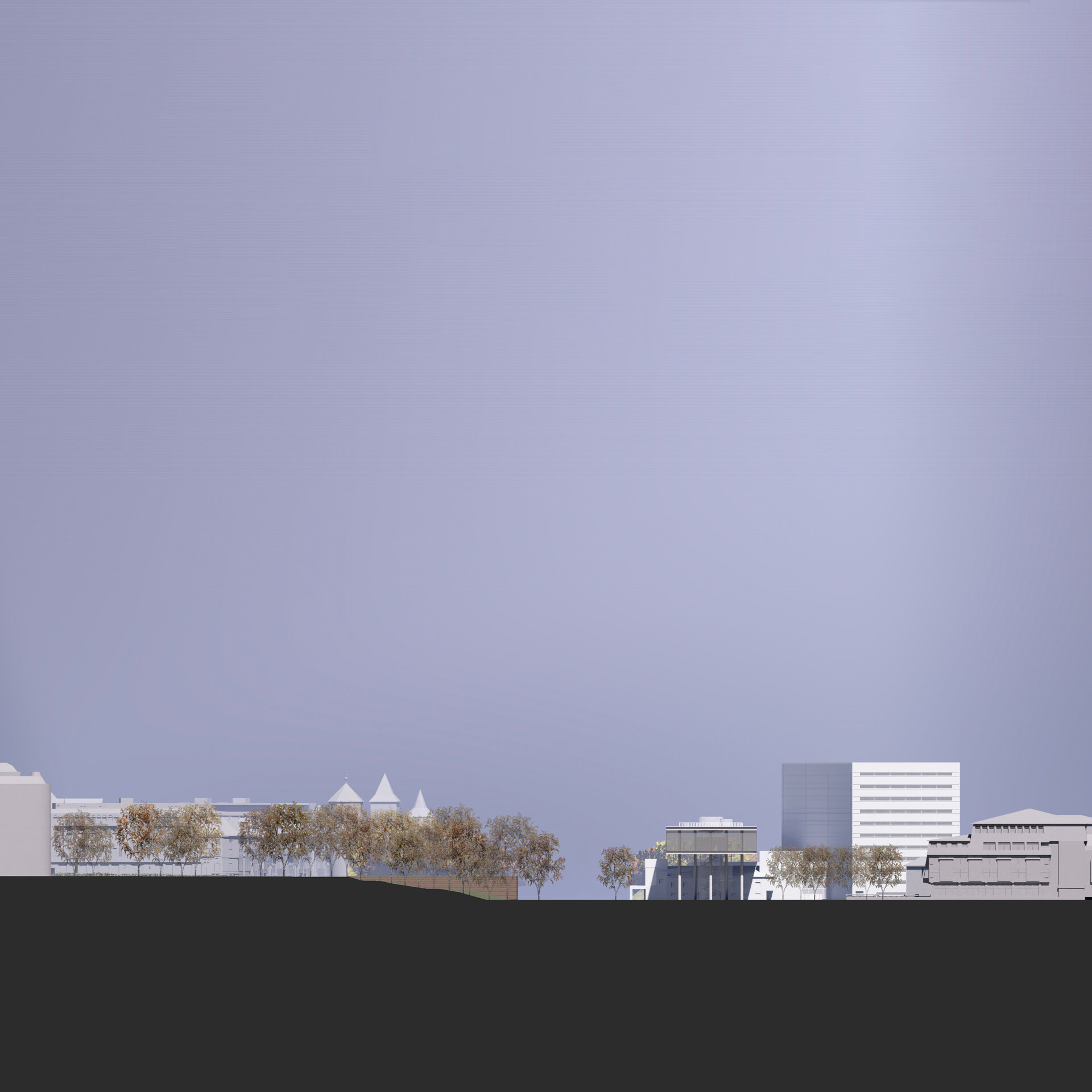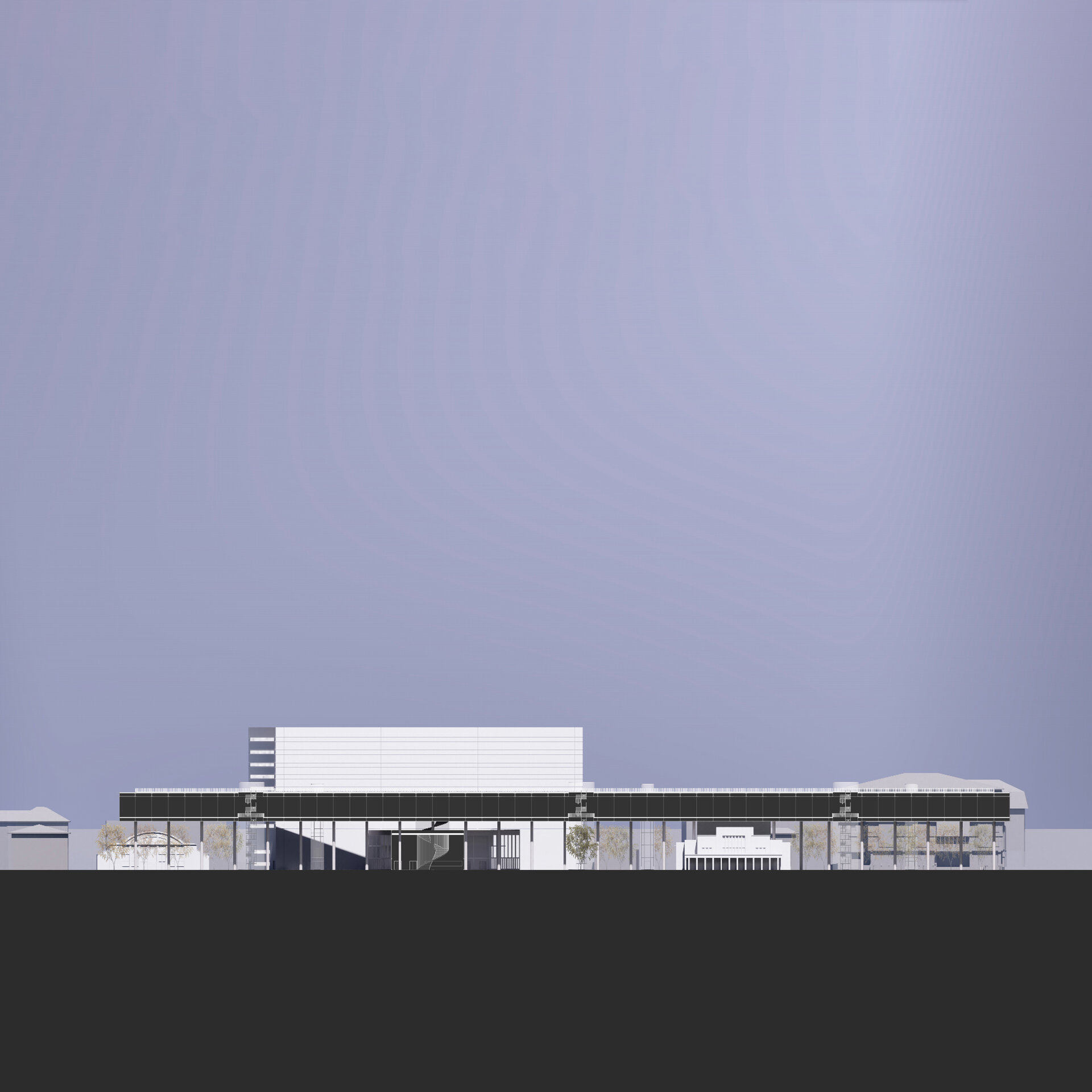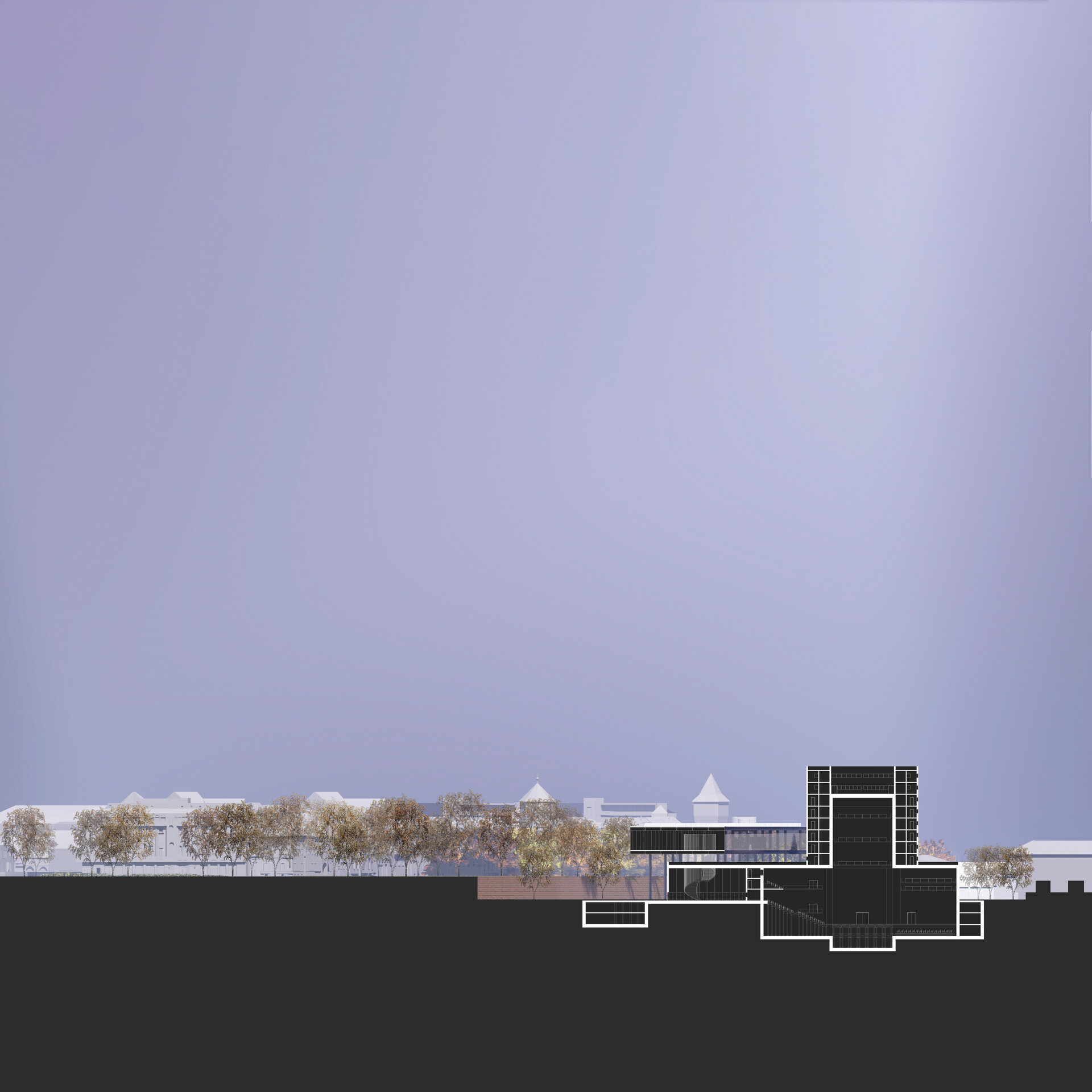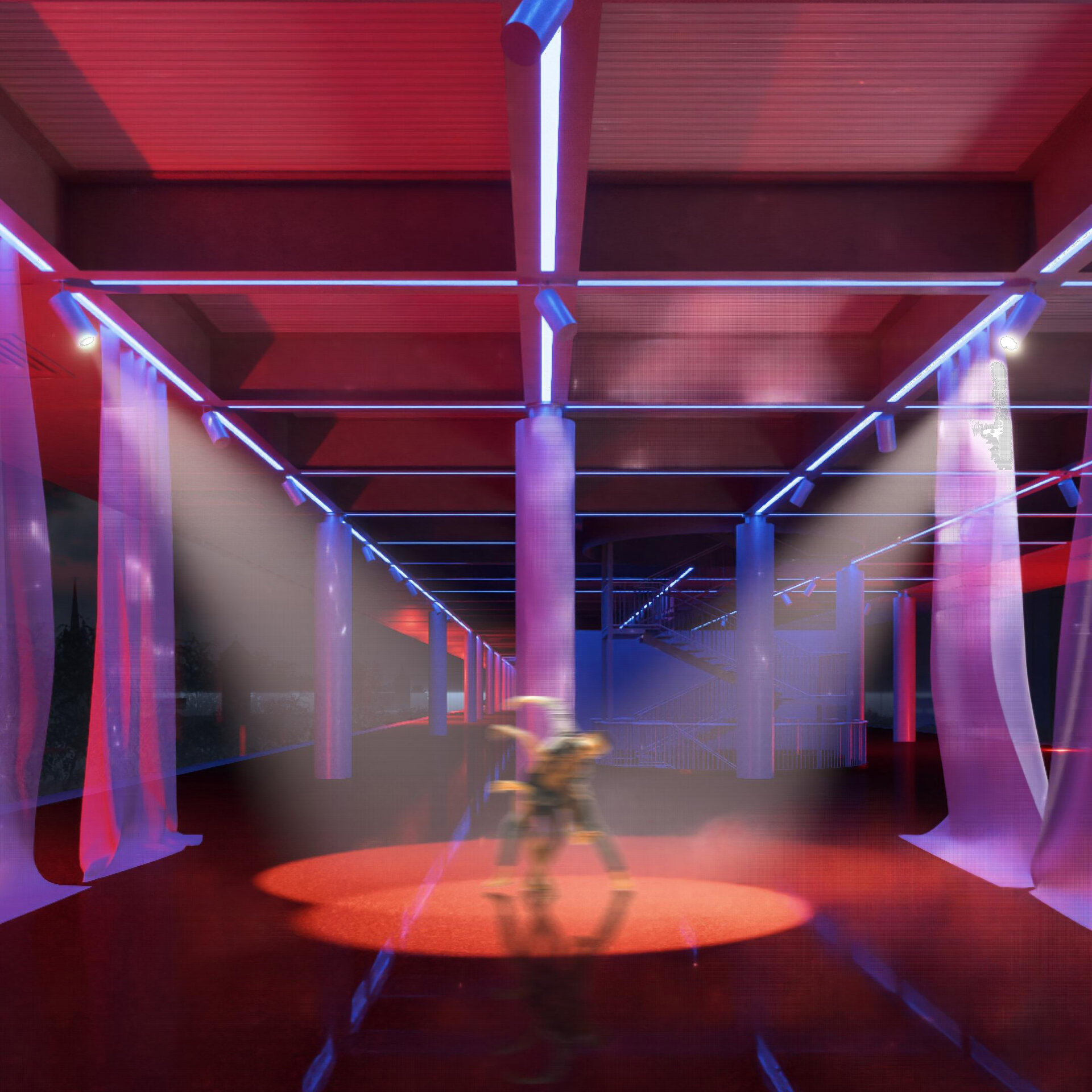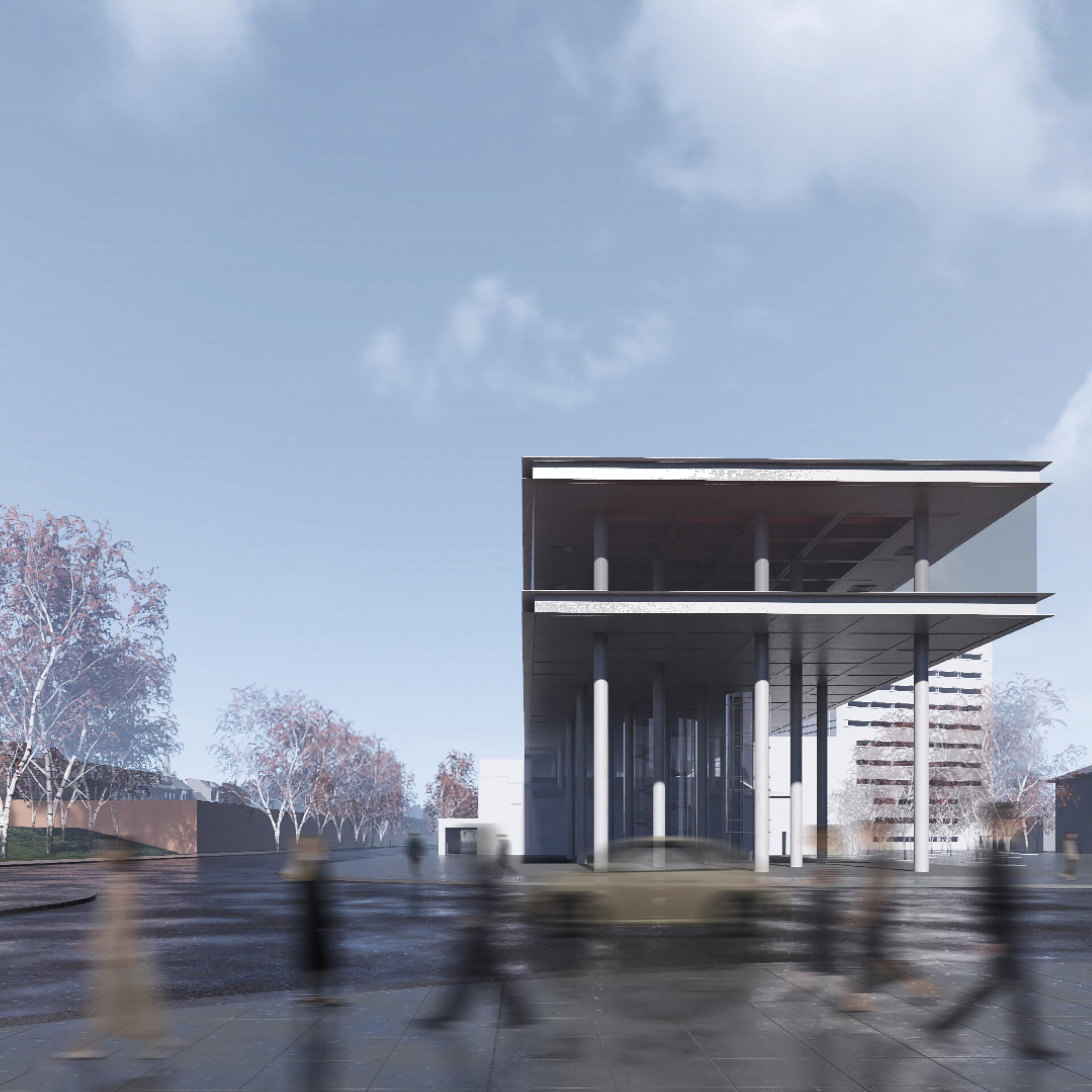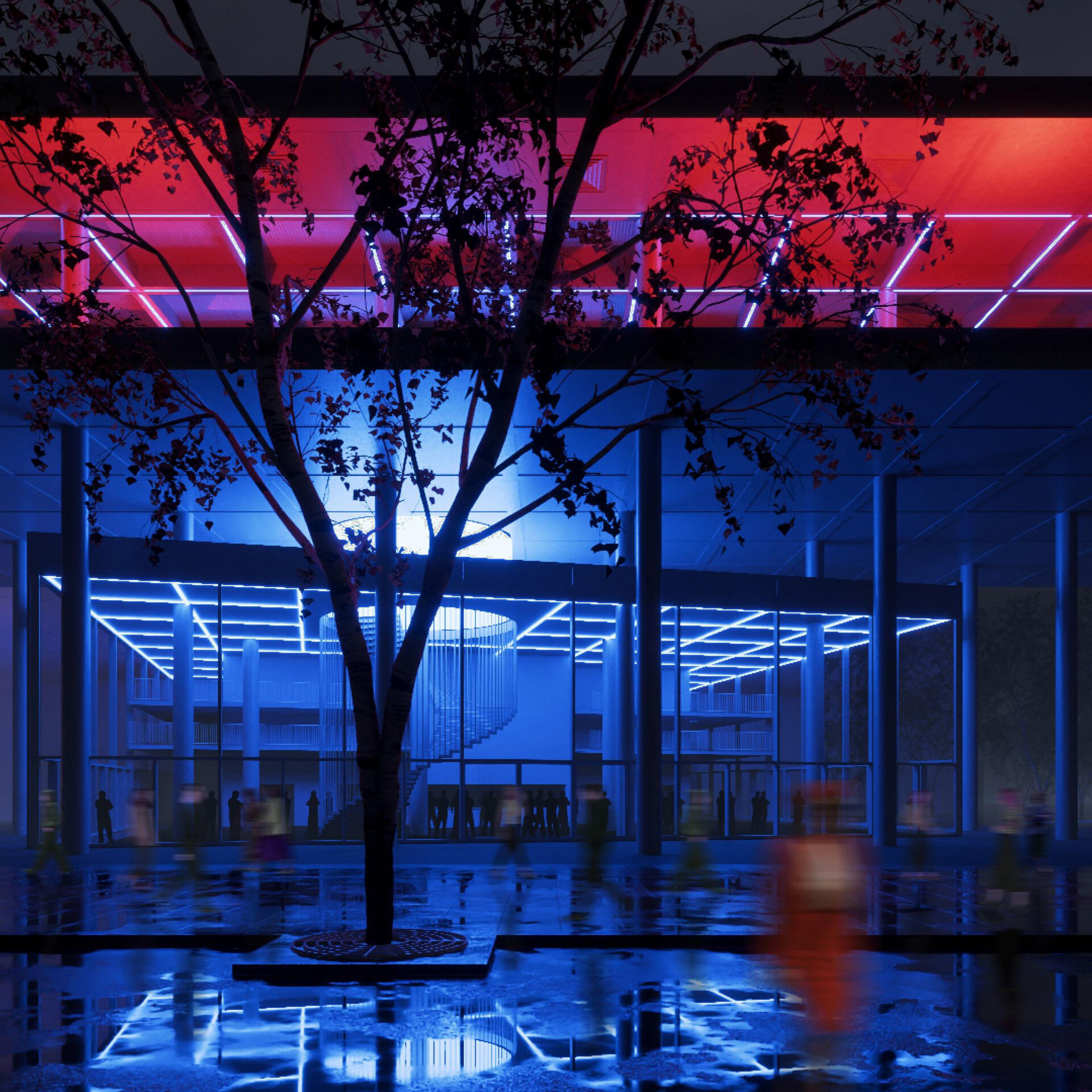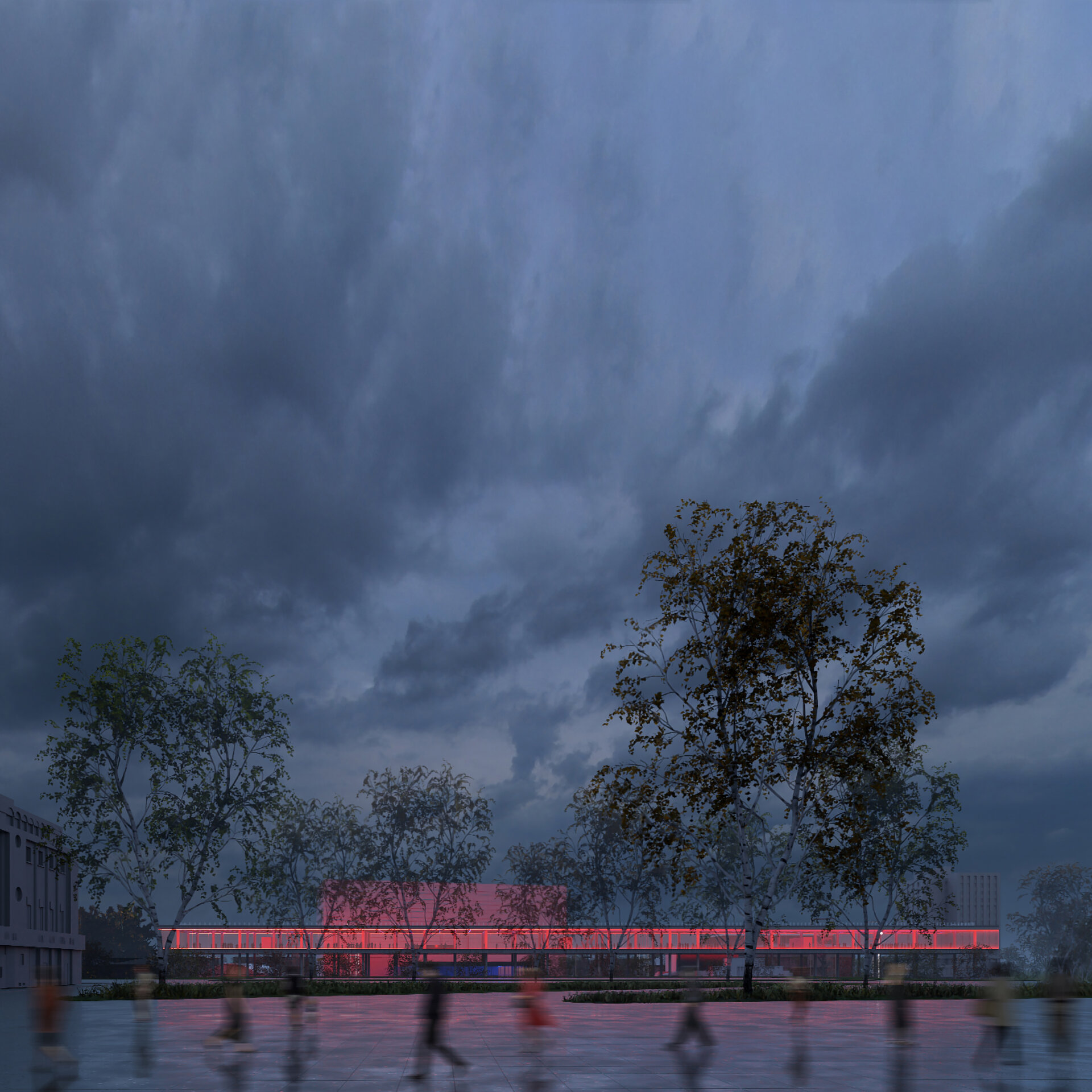
Interstitial space as an active element in theatre architecture. Extension of the National Theatre Radu Stanca, Sibiu
Authors’ Comment
Contemporary theater challenges the traditional boundaries imposed by naturalism and realism. It is based on the experimentation of new theatrical forms, emphasizing the relationship between the audience and the stage, through the live presence of actors or technology. Non-linearity is an attribute that increasingly characterizes theater productions. This implies a fragmented track structure or non-sequential ongoing order approach.
The project aims to investigate the relationship between the theatrical space and the theatrical place, using the concept of interstitial space, not only as a tool to mediate the two, but also as a generator of new spaces that support the contemporary performance. It has the ability to create an immersive and dynamic experience emphasizing the actor-spectator core that is the basis of the Theatre, extending also to the urban setting of which it is a part. From theatre, dance, opera, circus and street performances, FITS bridges the gap between the performing arts and the city. Through him, but also through the rich cultural life, the theatrical character has become an immanent attribute for Sibiu. The site under study is in a zone defined by fragmentation, which has the potential to act as a transitional space, blurring the boundaries both between the city and the theater, and between the historical background and the new. A first gesture at the level of the urban framework is to outline a clear and at the same time permeable boundary between the major space defined by the Continental Forum, Ramada and Casa Prima Ardeleană Hotels, respectively the minor space defined by the Ibis Hotels, Ramada and the House of Trade Union Culture . The gesture is represented by an architectural element detached from the ground that crosses the site along it. The interstitial space is at the heart of the concern for the integration of already existing theater as well as the creation of a new type of space to stimulate contemporary performance. The searches of the last century sought to bring the spectator as close as possible to the stage, gradually removing all the elements that contribute to the separation of the two, such as the stage frame. This has the effect of placing the spectators in the heart of the stage, in the concrete of a performance. The interstitial space is represented first of all by the urban foyer that extends to the landscaped space on the ground floor and, secondly, by the detached volume that connects the old theater with the new one. The first is conditioned by the external, architectural - urbanistic factors that influence the theatrical space. It can host performances before those in the hall or during intermission, which can include music, dance, interactive installations, engaging both the audience participating in the theatrical act and those participating in the public space. The second space, located on the levels
superior, it will create a favorable environment for theatrical experiments, as it completely eliminates the boundary between the hall and the stage. The audience can be led through a series of interconnected spaces that create different ambiences, or several artistic events can take place simultaneously, enriching the theatrical experience. It is intended as a place of expression for the new generation of artists and spectators.
- Cultural Ensemble for the quarry-lakes of Jimbolia
- Human crematorium in Timisoara
- Earth research center. Sântana “Cetatea Veche” archeological site
- Ash - between spirit and matter - experimental area of culture
- Alternative Center for Performing Arts in Amsterdam’s Old Harbor
- Thermal Water Complex Baneasa Lake
- Dramatic Arts Centre on Luterana Street
- The Elisabeta Stirbey Institute - Choreography High school in Bucharest
- Center for treatment and relaxation. The revitalisation of Sărata Monteoru spa resort
- Workspaces on Luterană street - Bucharest
- Știrbei Vodă Housing
- Creating places in undesired spaces, Community Center in District 5, Bucharest
- Treatement, recovery and research center for mental disseas
- Revolution Memorial
- Old House - New House: The House of the Architect. Architecture Center in Constanța
- Emphasizing the local specific. Tourist retreat in the Apuseni Mountains
- Olympic Pool at Strandul Tineretului
- Conversion and extension of industrial heritage. Turda brewery factory
- The rehabilitation and extension of the Știrbei Palace in Bucharest. Relocation of the National Museum of Contemporary Art
- The conversion and extension of the Kretzulescu Ensemble from Campulung Muscel
- Center for education, research and exhibition of river navigation. Reconsideration of Valerianos & Lykiardopoulos Mill, Braila
- Hebrew Education and Culture center, Iași
- Interstitial space as an active element in theatre architecture. Extension of the National Theatre Radu Stanca, Sibiu
- Crheator Manufacturing Community Center
- Architecture Centre - Victoriei Avenue
- Loos Soup 2.0
- Intermediary gardens. SCDL (Research and development station for vegetables growing Buzău) modernization and transformation through Z Farming
- Multifunctional complex - Business center. Regeneration of industrial-port areas, Constanța Port, Constanța Area
- Invisible nature - Floreasca Lake. Architecture beyond the visual
- Educational center for music and choreography Calea Moșilor 132
- Faculty of textiles and fashion design. Conversion and expansion of the Lucchesi Factory in Prato
